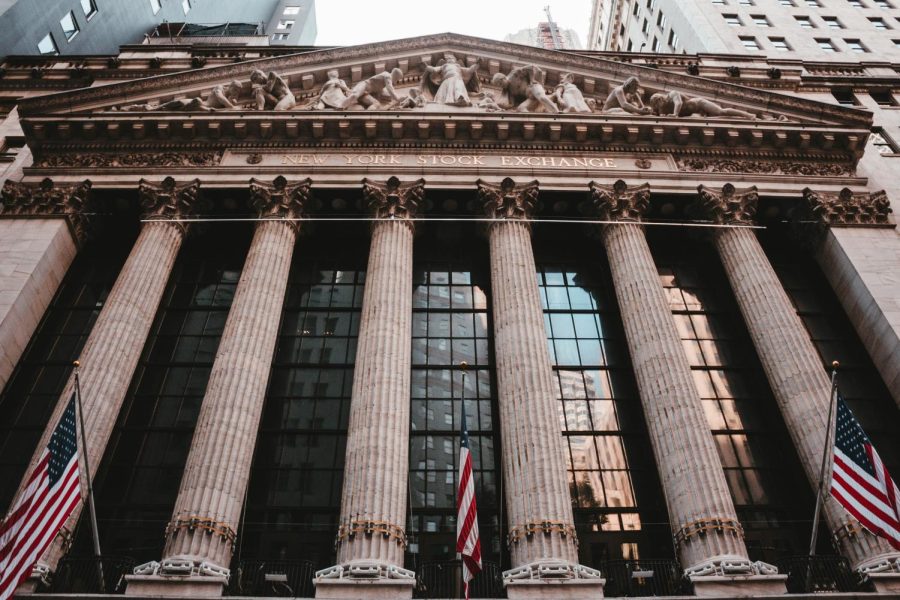Impending Inflation: Causes and Concerns
November 11, 2022
On Thursday, October 13th, the economy received quite a shock when the Consumer Price Index (CPI) reported that inflation drastically rose to 8.2% in September compared to the year prior. While this change may seem unprecedented and volatile, such a rise in inflation actually has distinct traceable origins.
One of the most significant economic impacts directly resulting from the pandemic has been the acceleration of early retirement among the baby boomer demographic. Due to pandemic-induced layoffs and fiscal measures to slow inflation, it is estimated that more than three million workers prematurely left the labor force permanently. Furthermore, pandemic supply chain complications, especially those affecting manufacturing and international shipping, contributed to severe shortages of essential supplies and materials, thus escalating inflation.
However, pundits and analysts assumed that with the pandemic waning and supply chain logistical issues being resolved, inflation would revert to pre-pandemic levels. In April 2021, the Federal Reserve issued a statement declaring that the post pandemic inflation was transitory, not entrenched, which implied that the inflation would be resolved quickly. This prediction failed to account for longer term fundamental shifts in the economy as well as the Russian invasion of Ukraine. The Federal Reserve’s decision over the last several years to maintain its interest rate extraordinarily low compared to the historic average has resulted in a substantial ongoing increase in money supply, and this increased money supply is a fundamental cause in the current environment of inflation. Furthermore, the war in Ukraine has significantly exacerbated the international exchange issues that arose from the pandemic. The Russian invasion severely limits the supply of agricultural products and heightens the price of oil, leading to even higher levels of inflation.
Even still, the Russian invasion and other global and domestic events are only partially responsible for the collective CPI. Rather, according to John Cassidy of The New Yorker, “it is inflation in services, not inflation in goods, that has prevented the over-all rate from coming down that much.”. In particular, Cassidy argues that food and energy services play a significant role in raising the US inflation rates. Specifically, food prices experienced a 11.2% rise, while energy services increased 19.8% since the previous fiscal cycle.
Pundits assert that waiting for the effects of the pandemic and the Russian invasion to subside will not solve the impending inflation crisis that the US faces. In fact, analysts at the Bank of America recently argued that “after a developed economy’s annual inflation tops the 5% threshold, it takes an average of 10 years to return to 2% historically”. History suggests that the US should prepare itself for higher levels of inflation for several years to come.
After the release of the new CPI inflation report, the Federal Reserve is predicted to respond quickly by raising the federal funds rate, which is the rate banks charge each other for very short-term loans, another .75%, with a longer term goal of raising this key interest rate to 4.75%-5% by early 2023. Such an aggressive Fed response likely exacerbates an impending recession driven by the hiking of interest rates.
The Fed’s response to the new CPI report in the coming weeks and months may serve as the determining factor in if, and if so, how quickly, the US recovers from this sharp increase in inflation.
Image Credit: “The Stock Exchange” by Aditya Vyas








